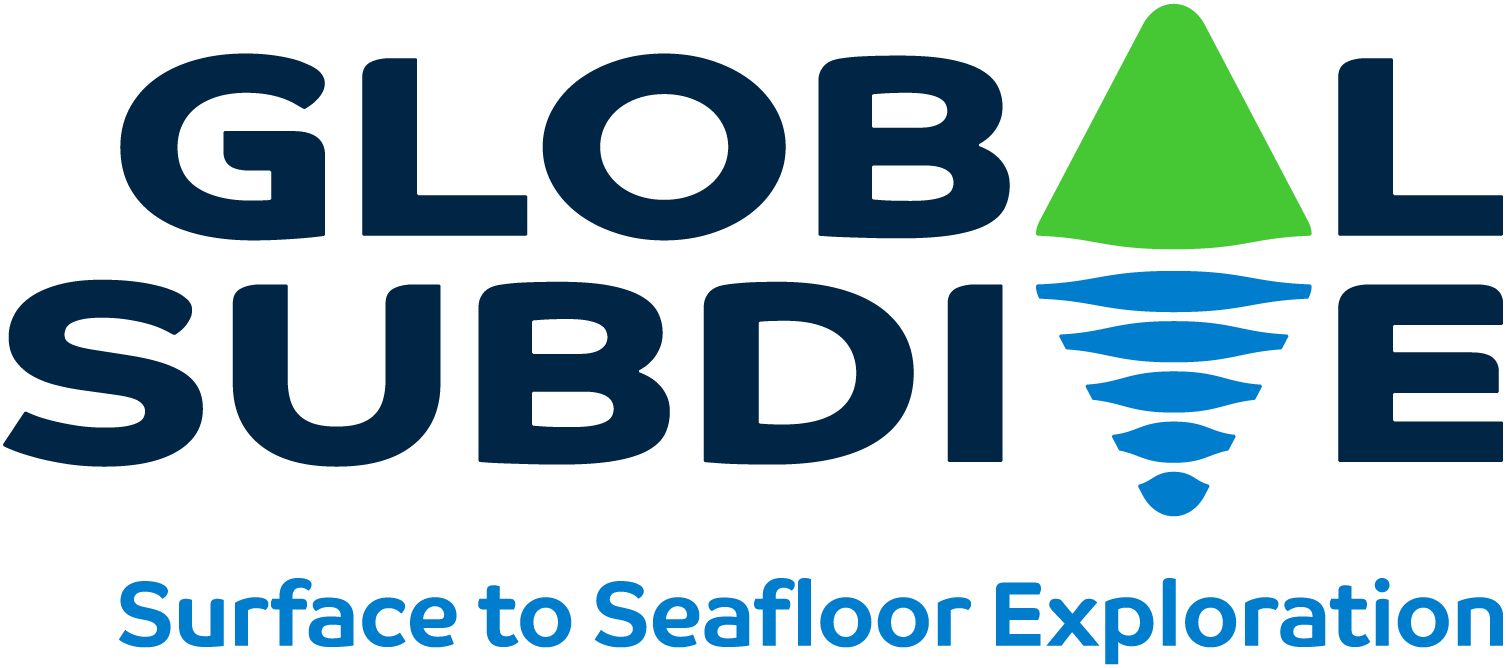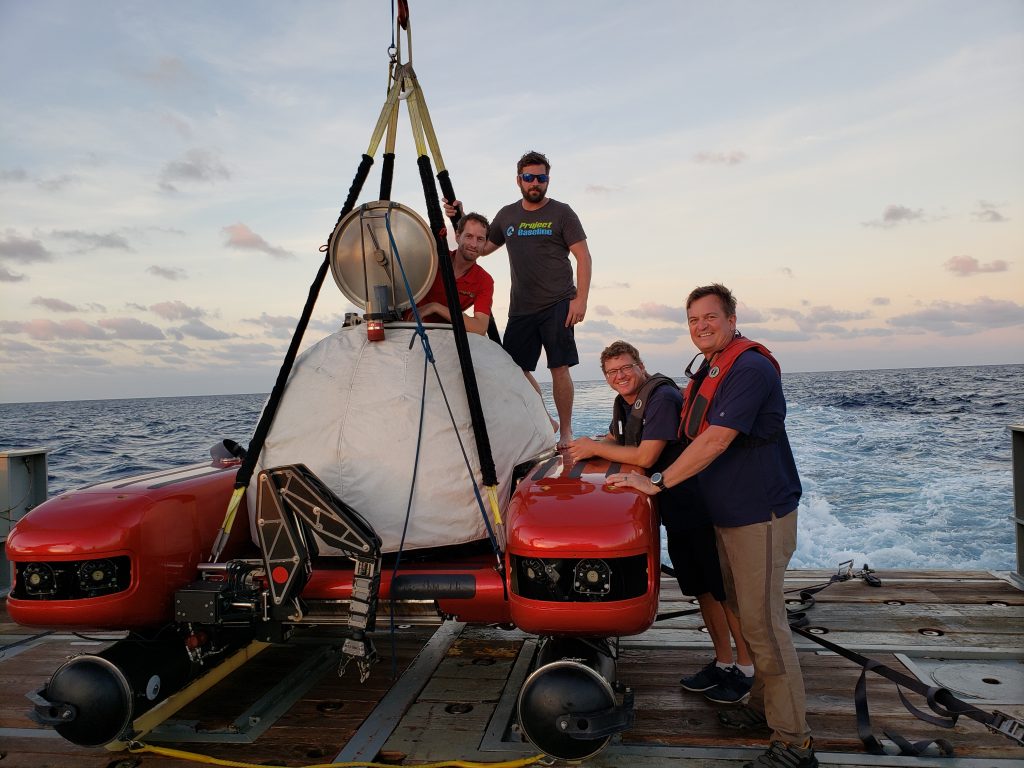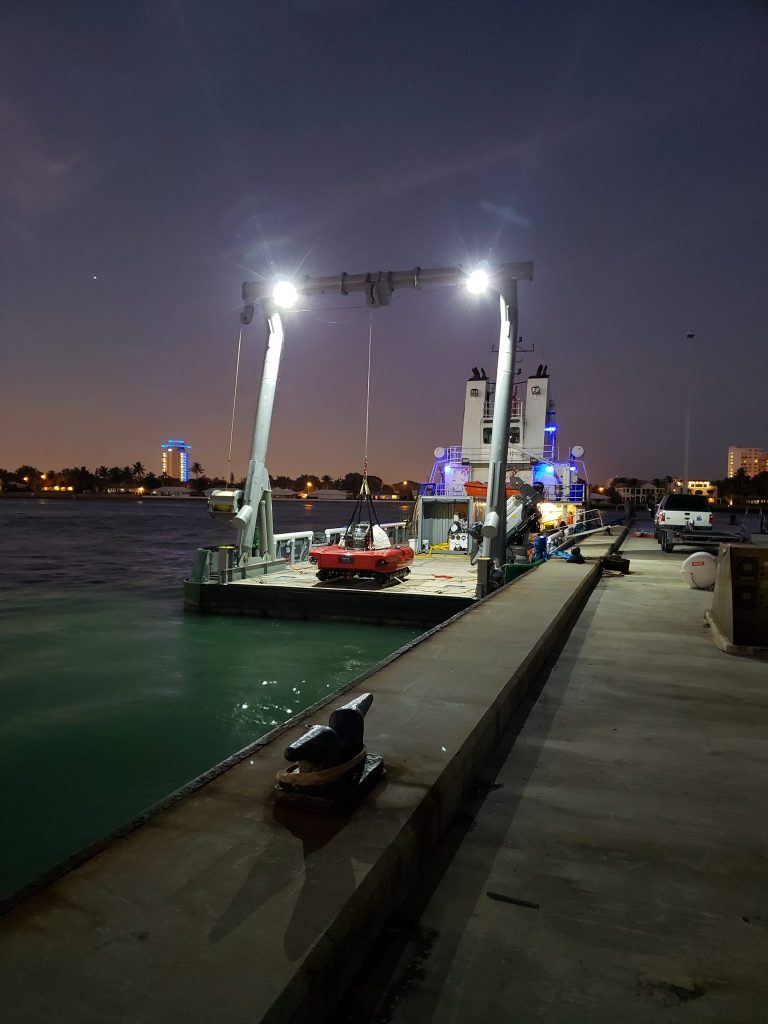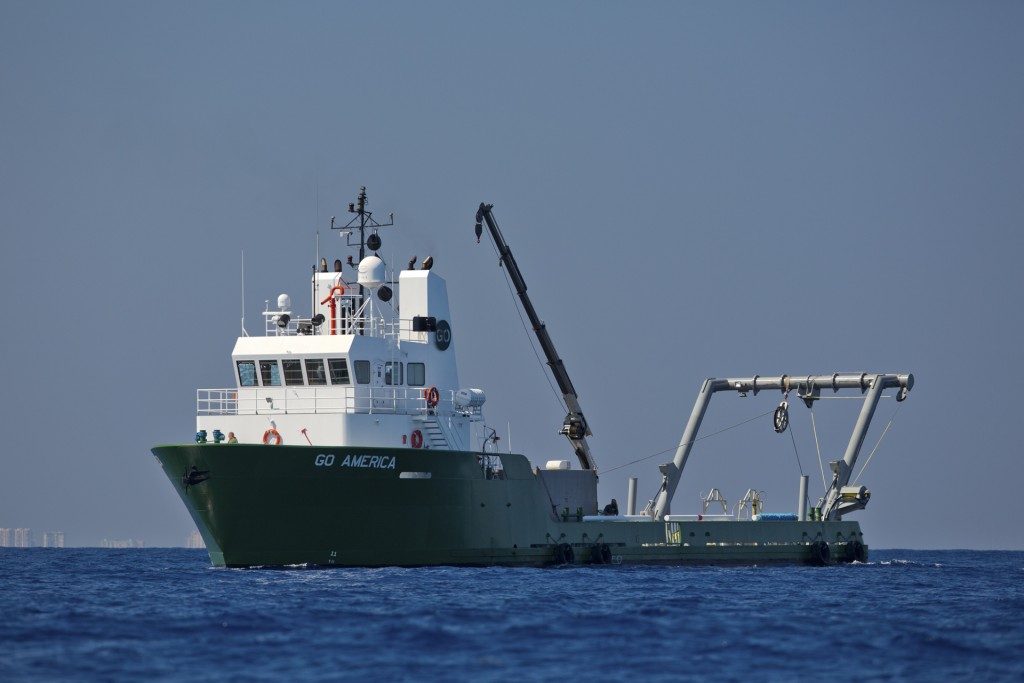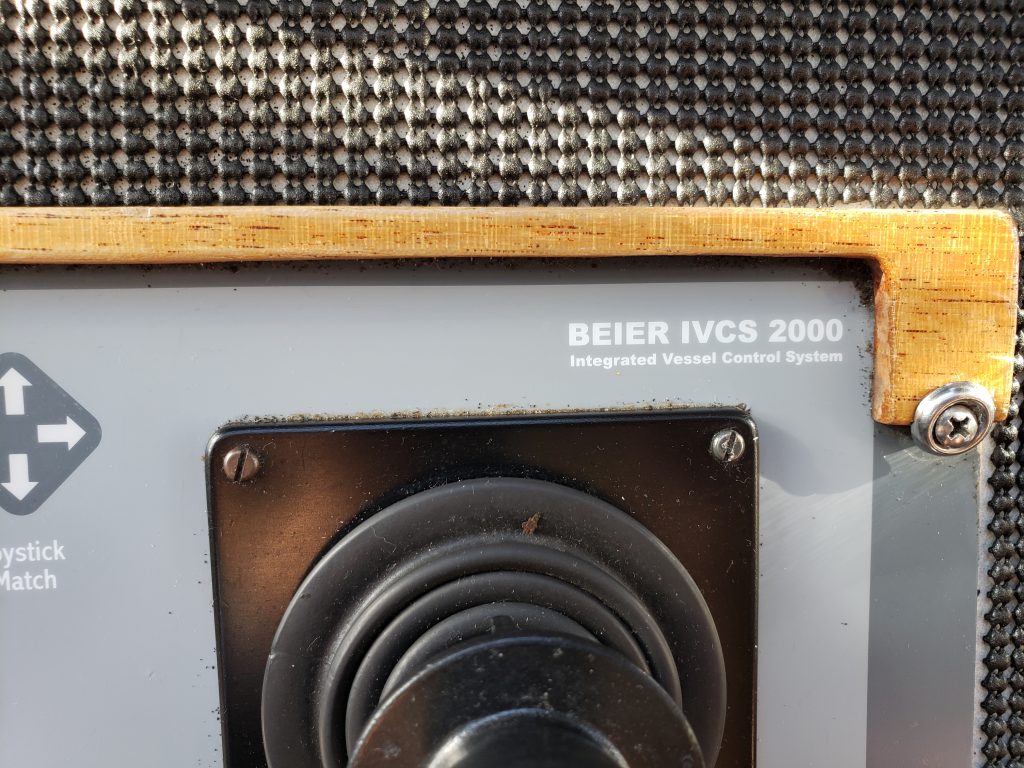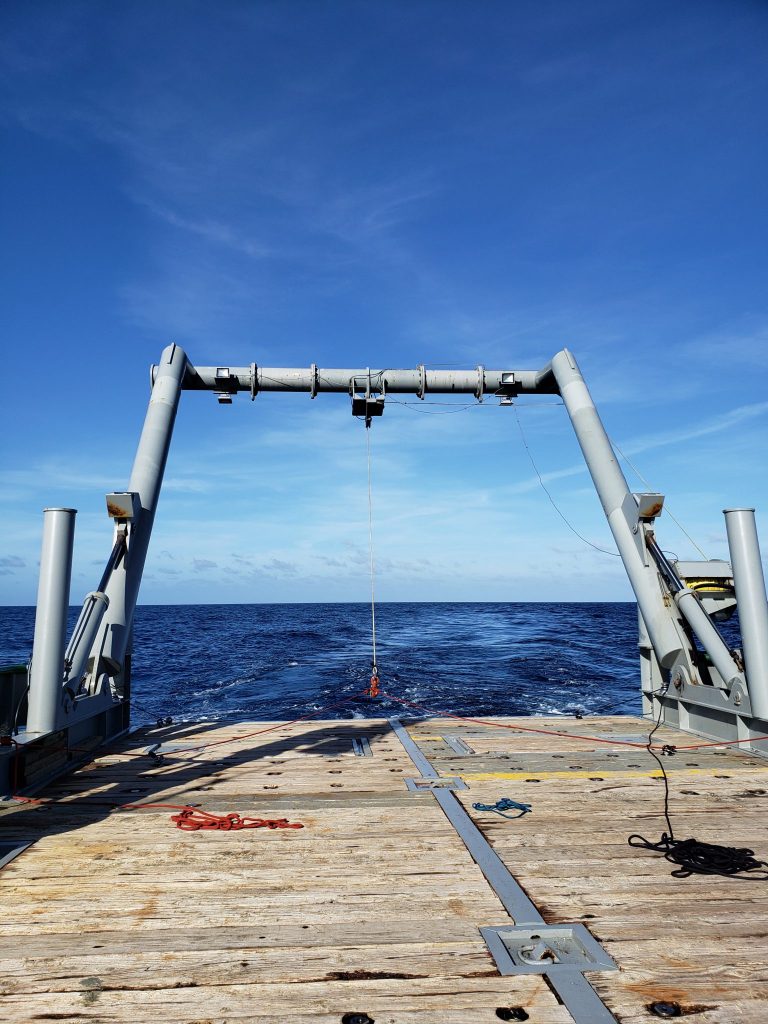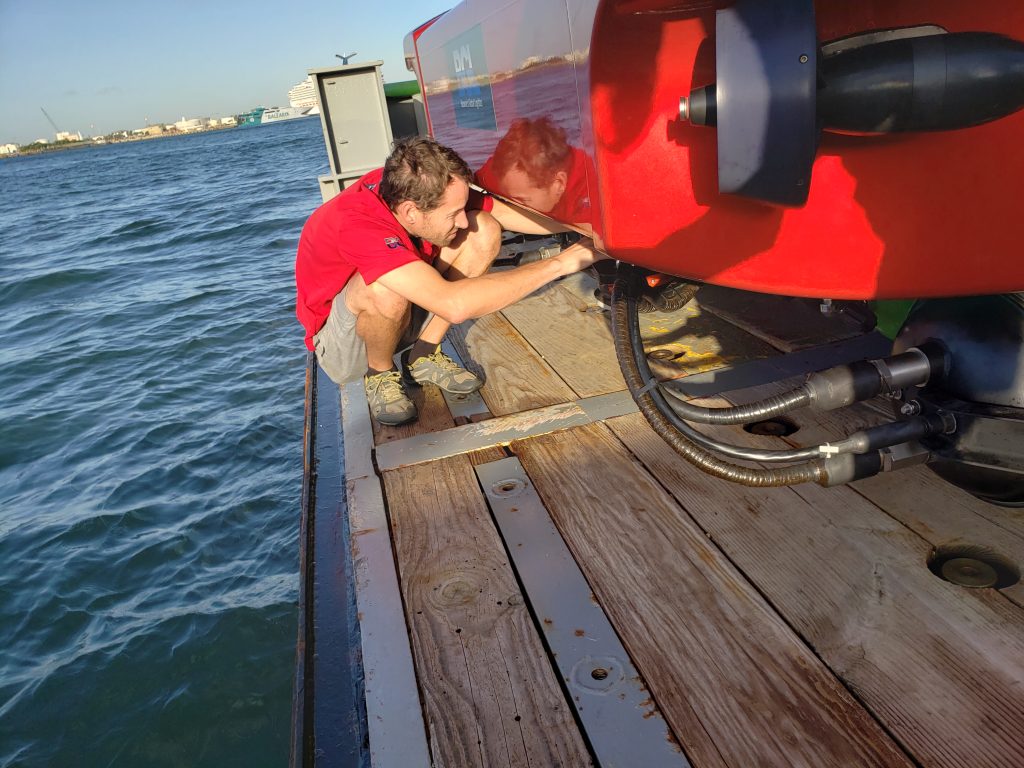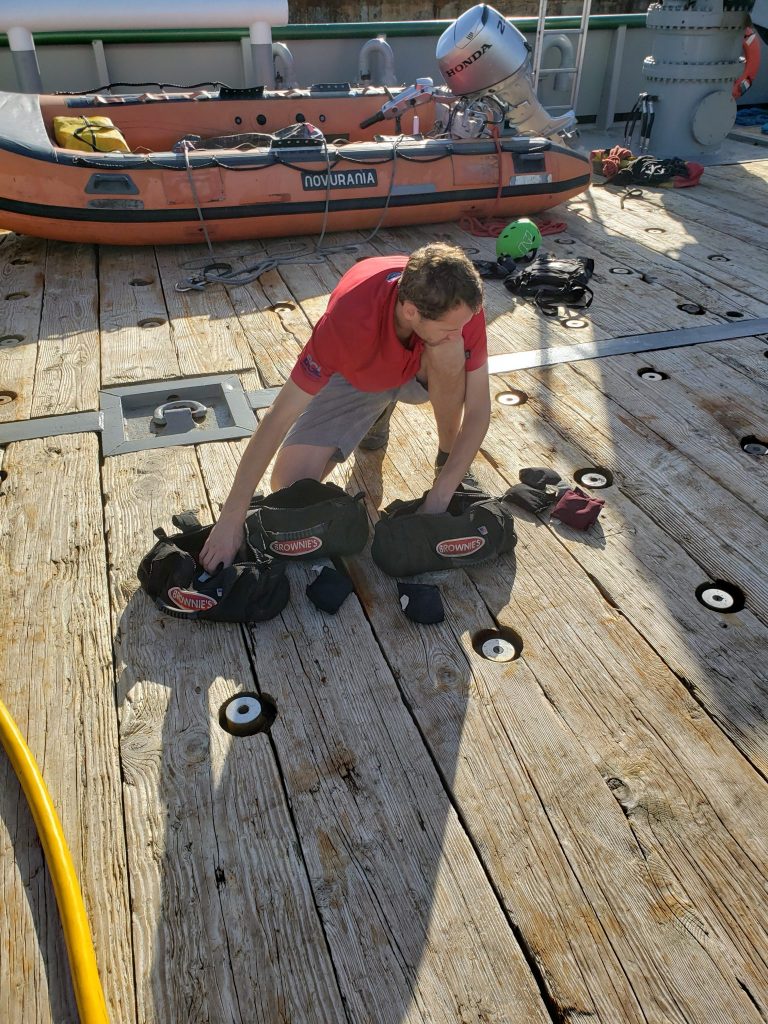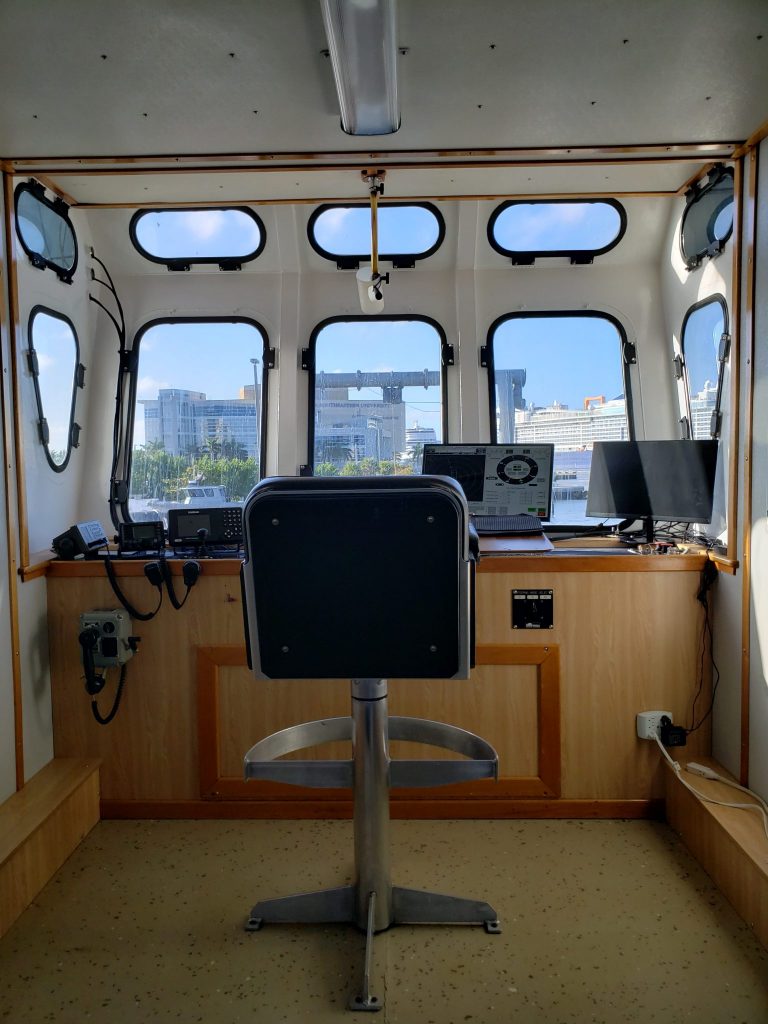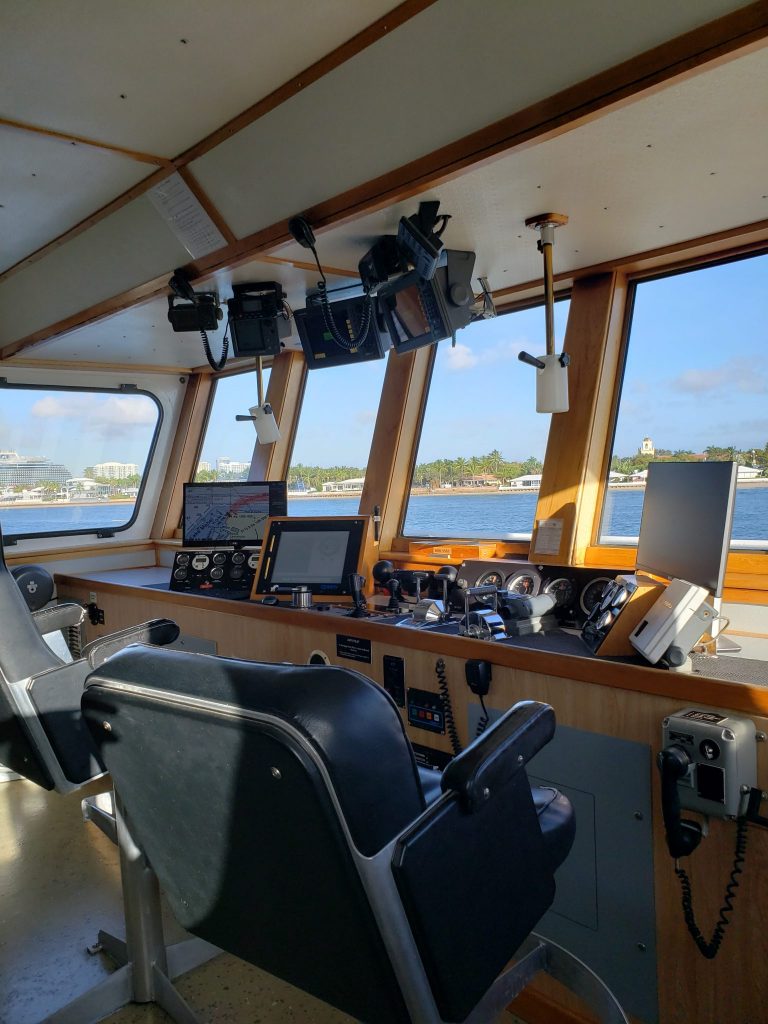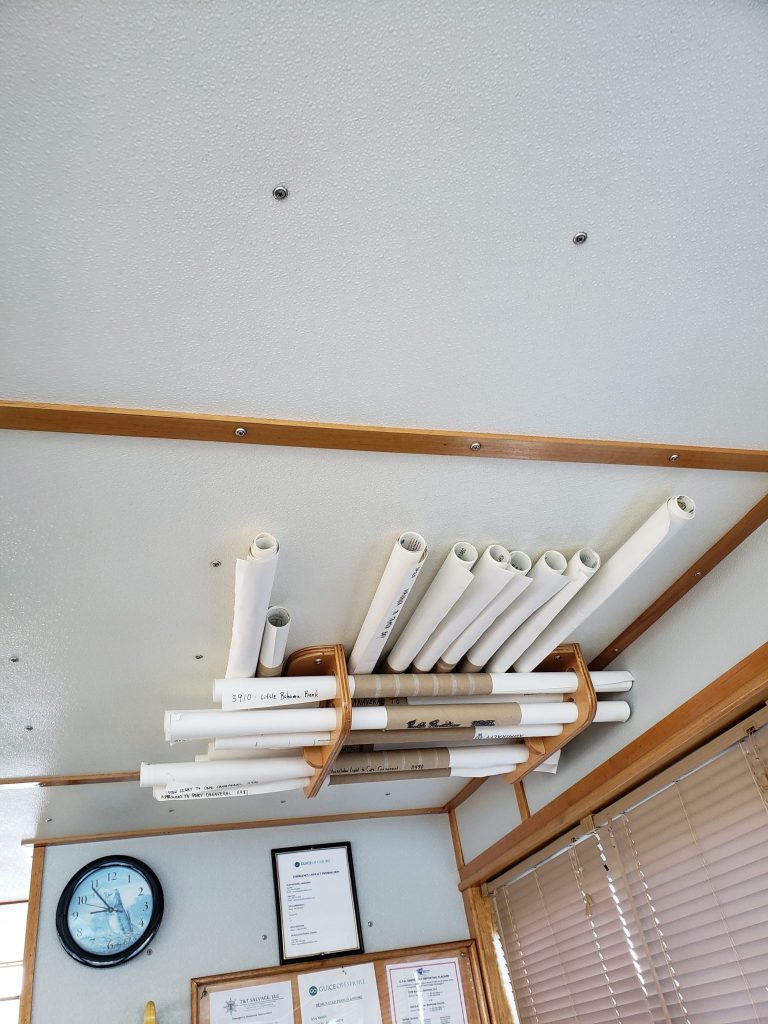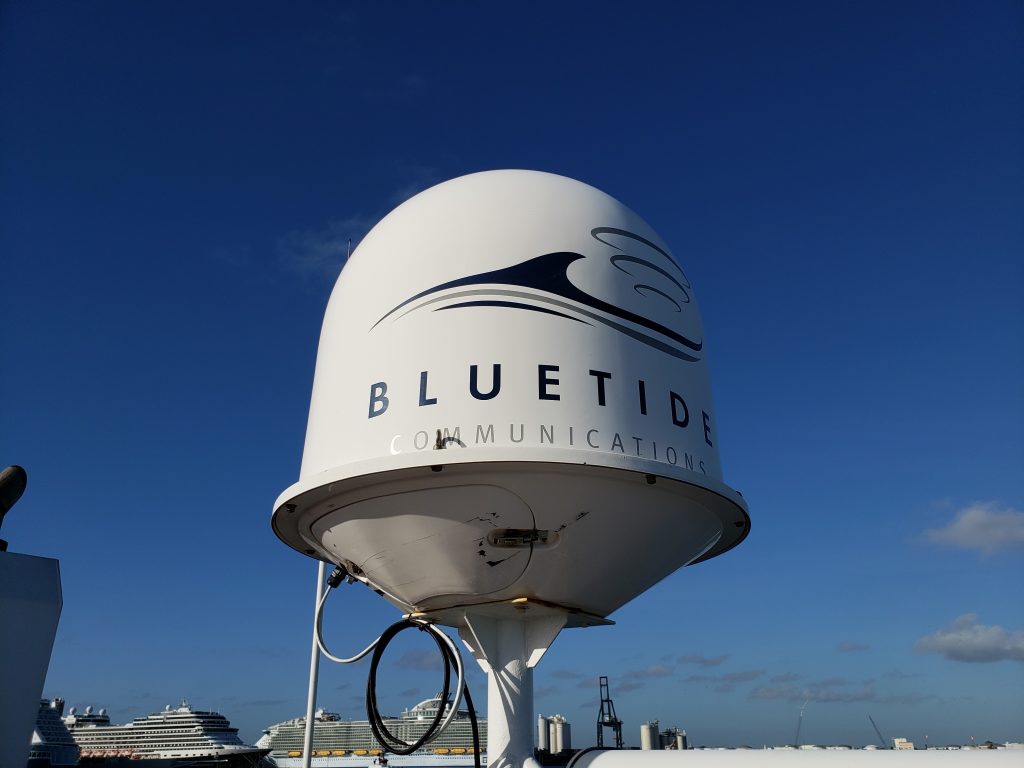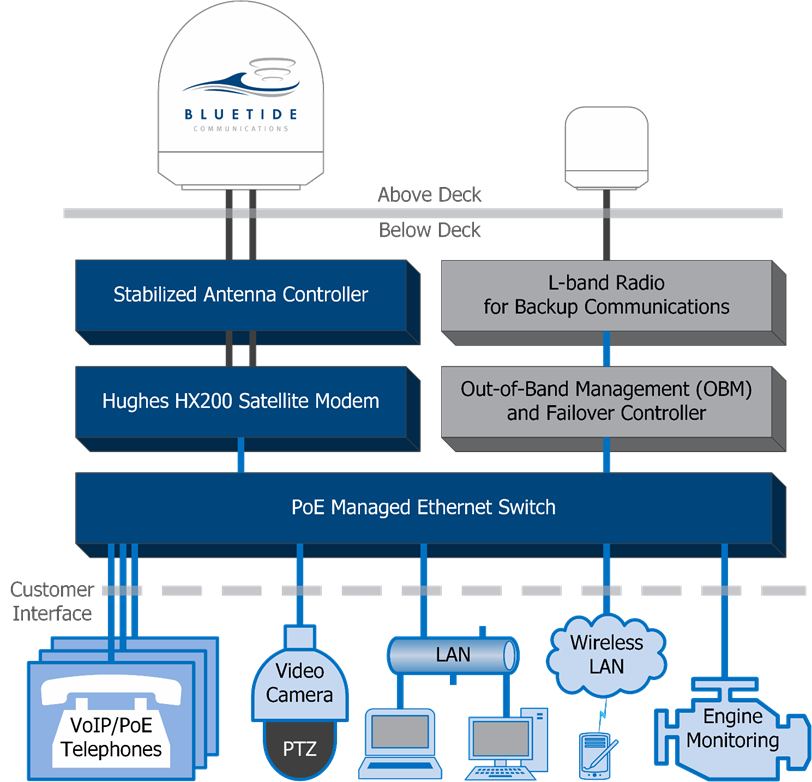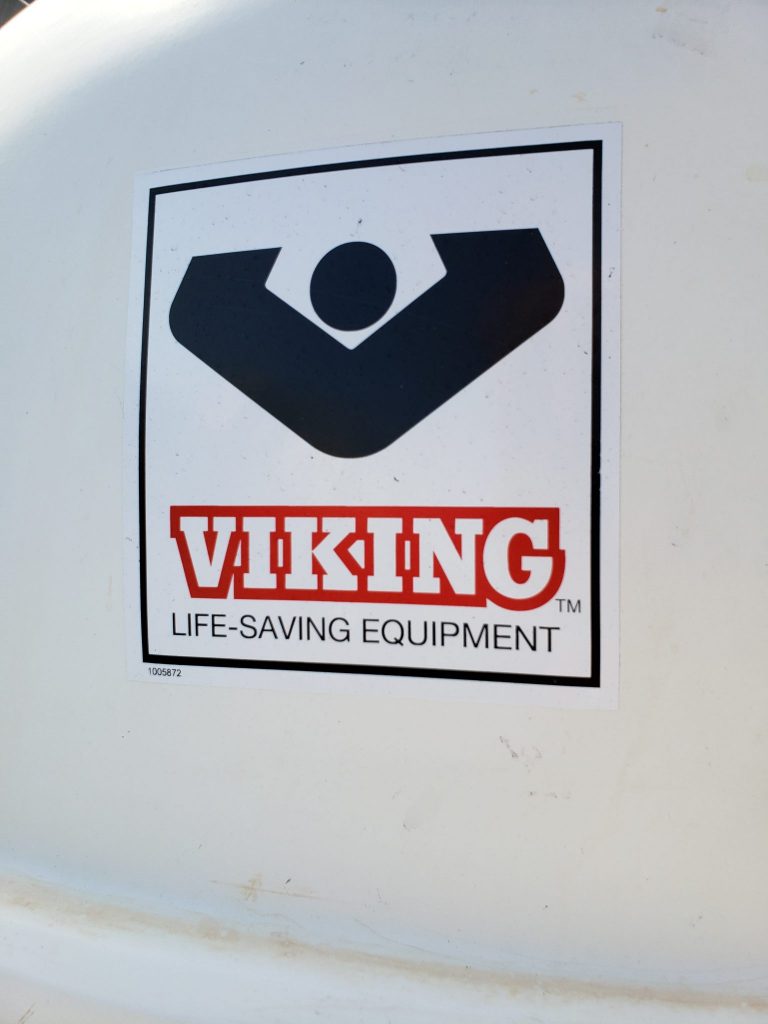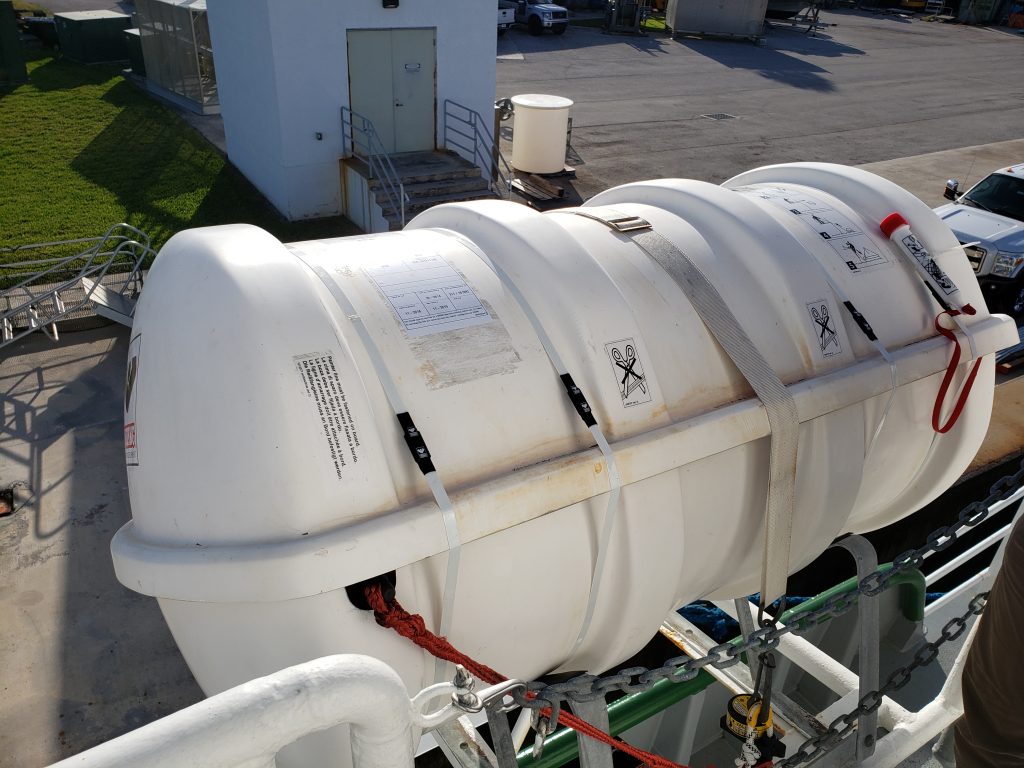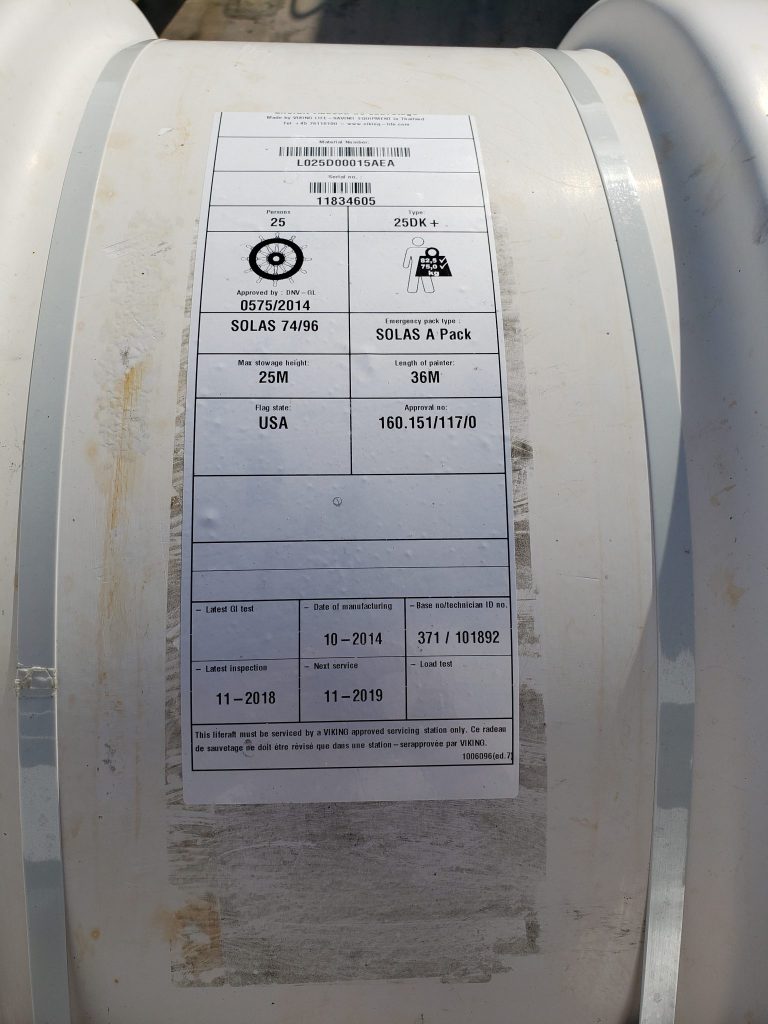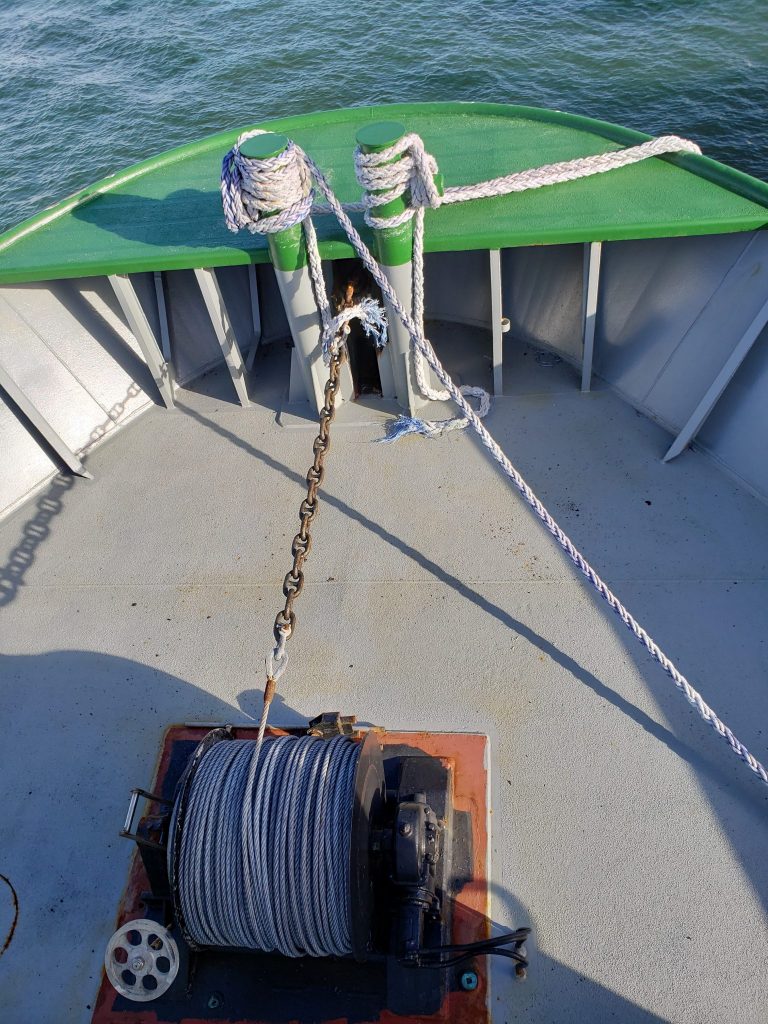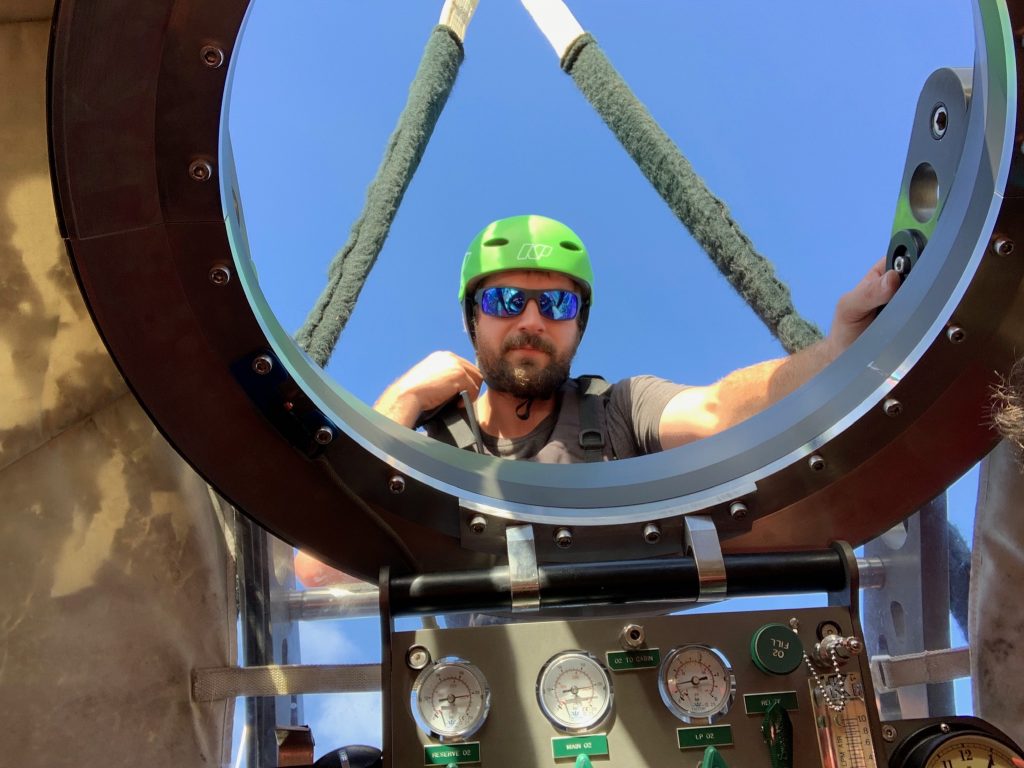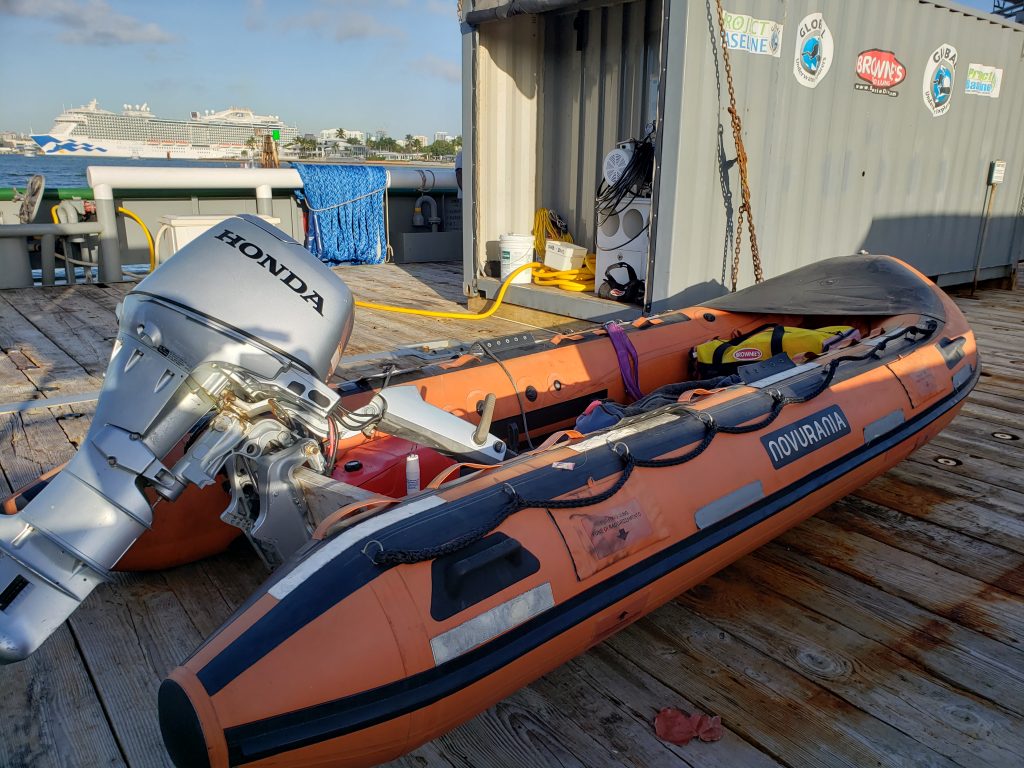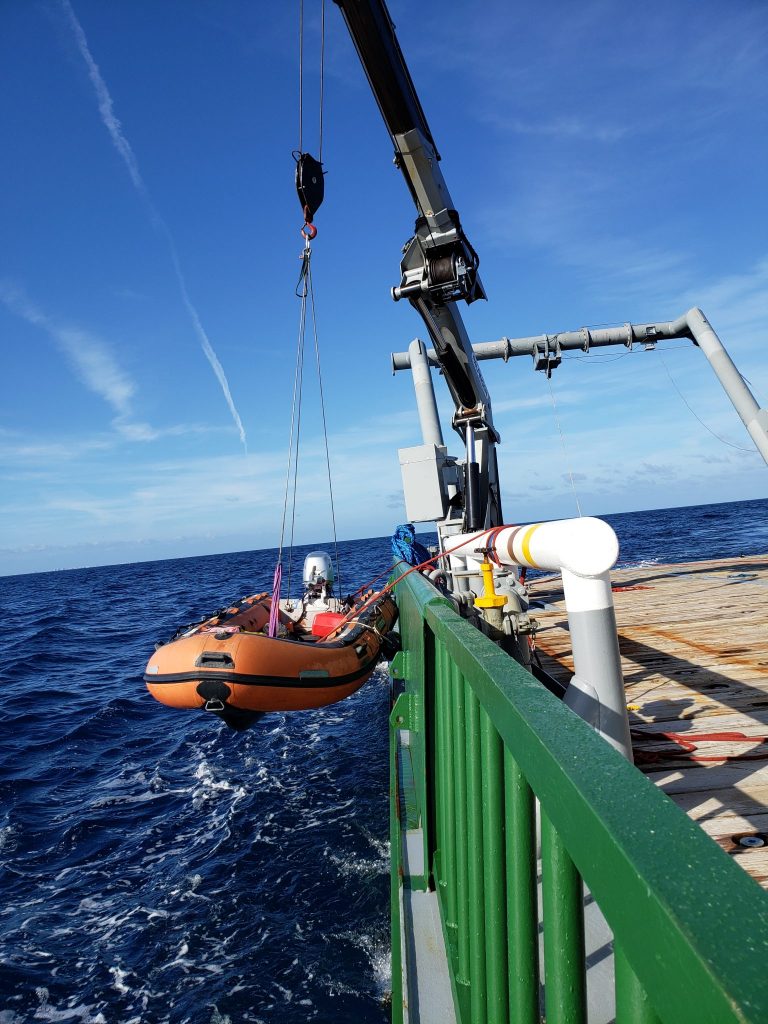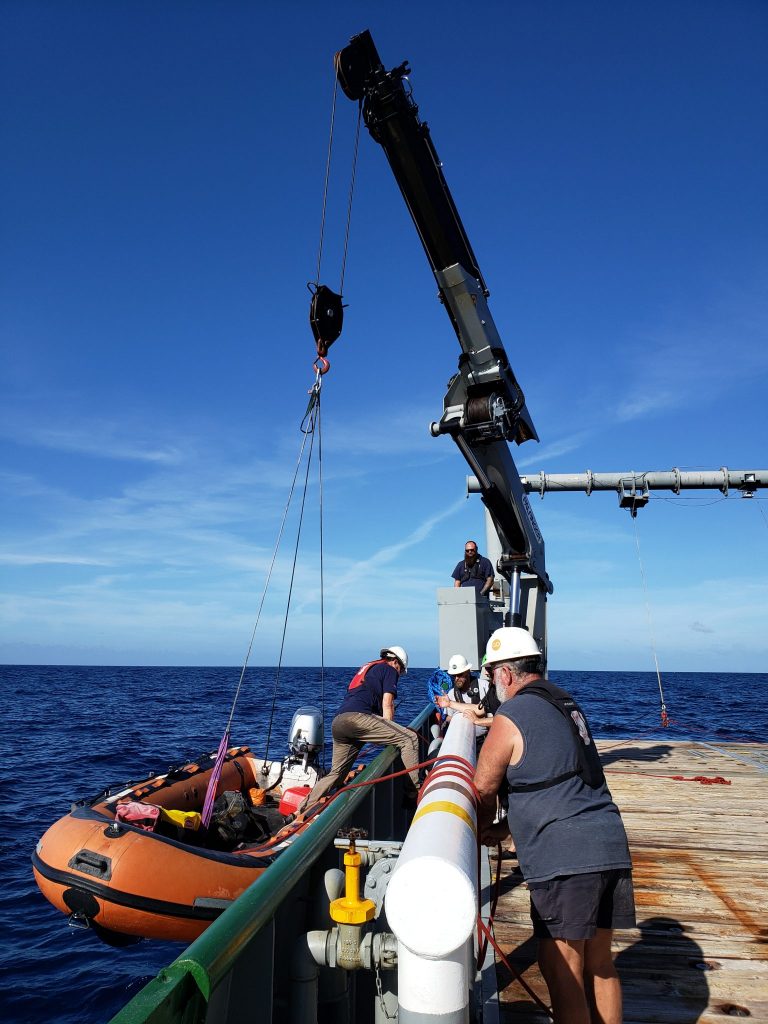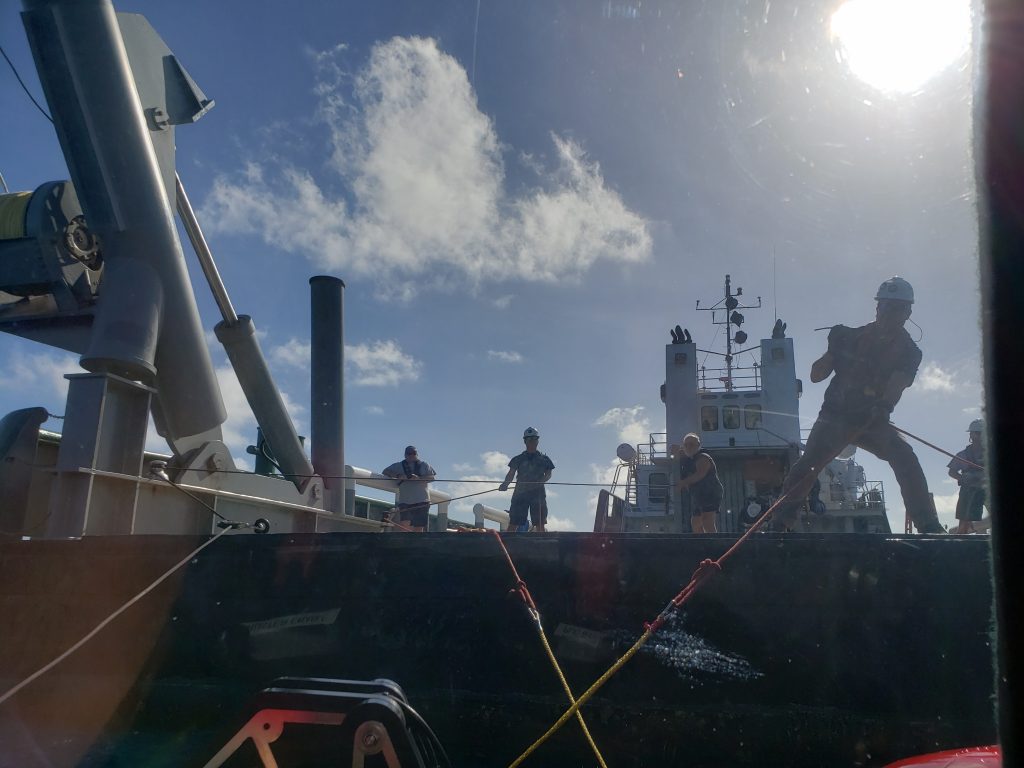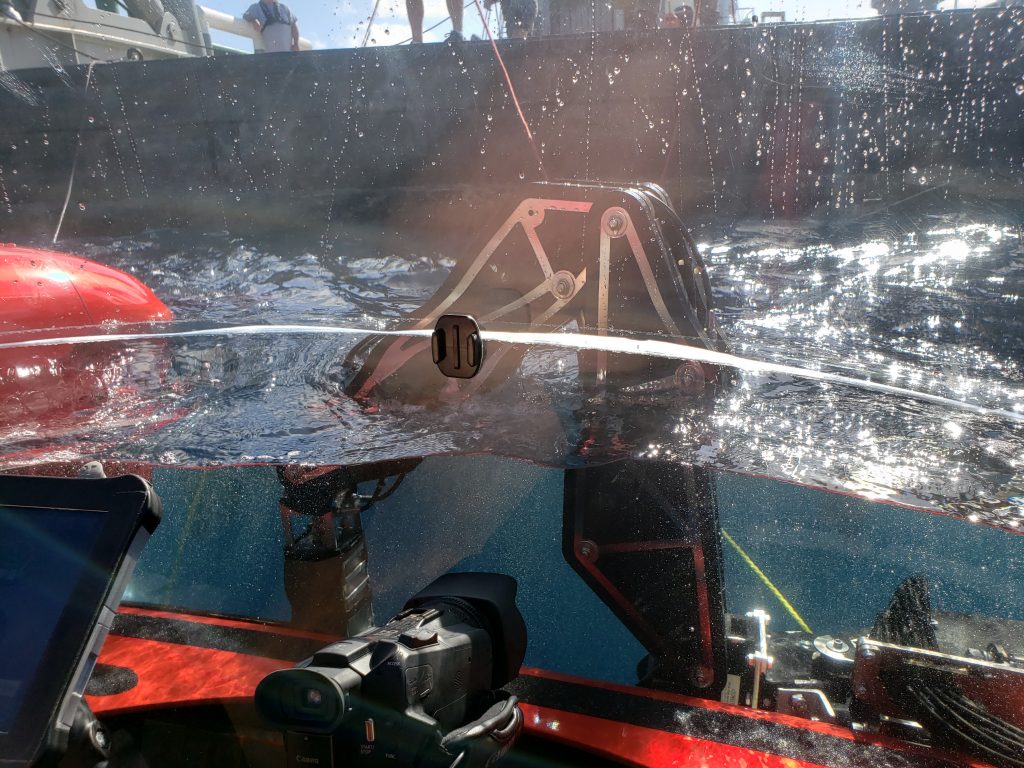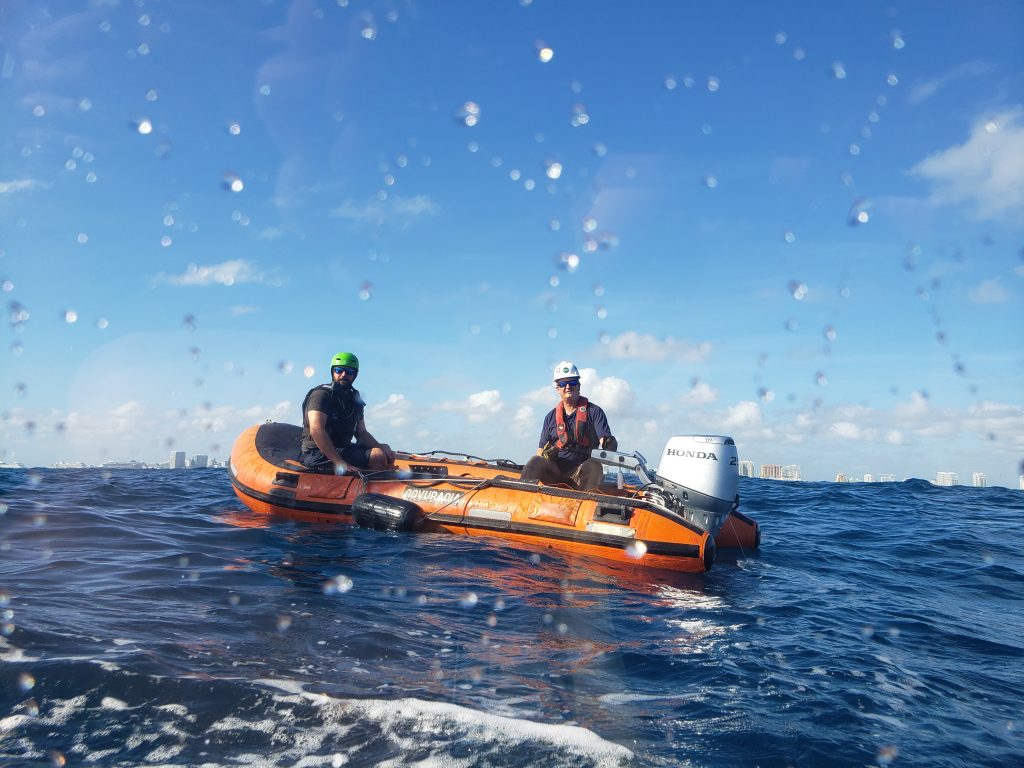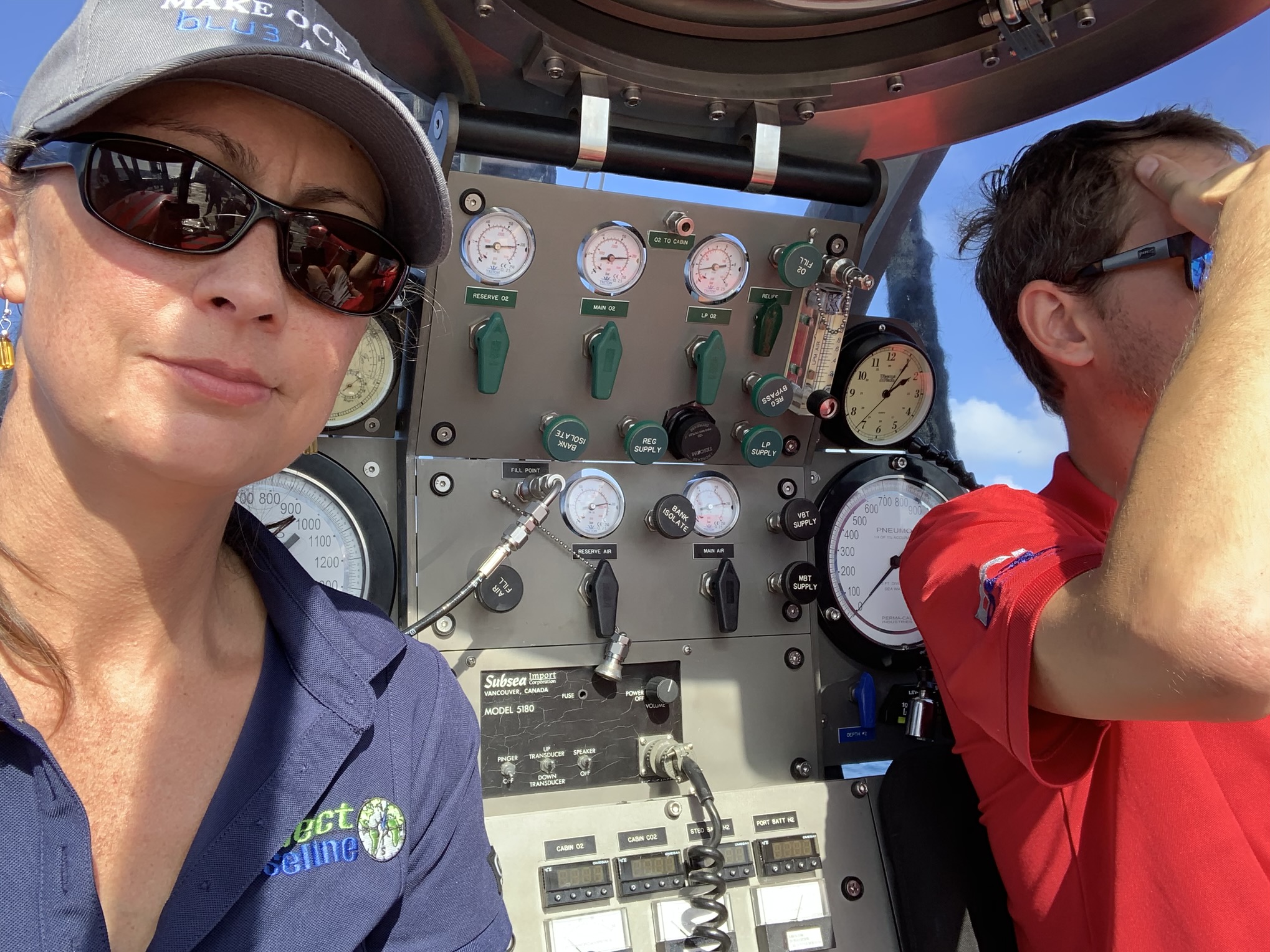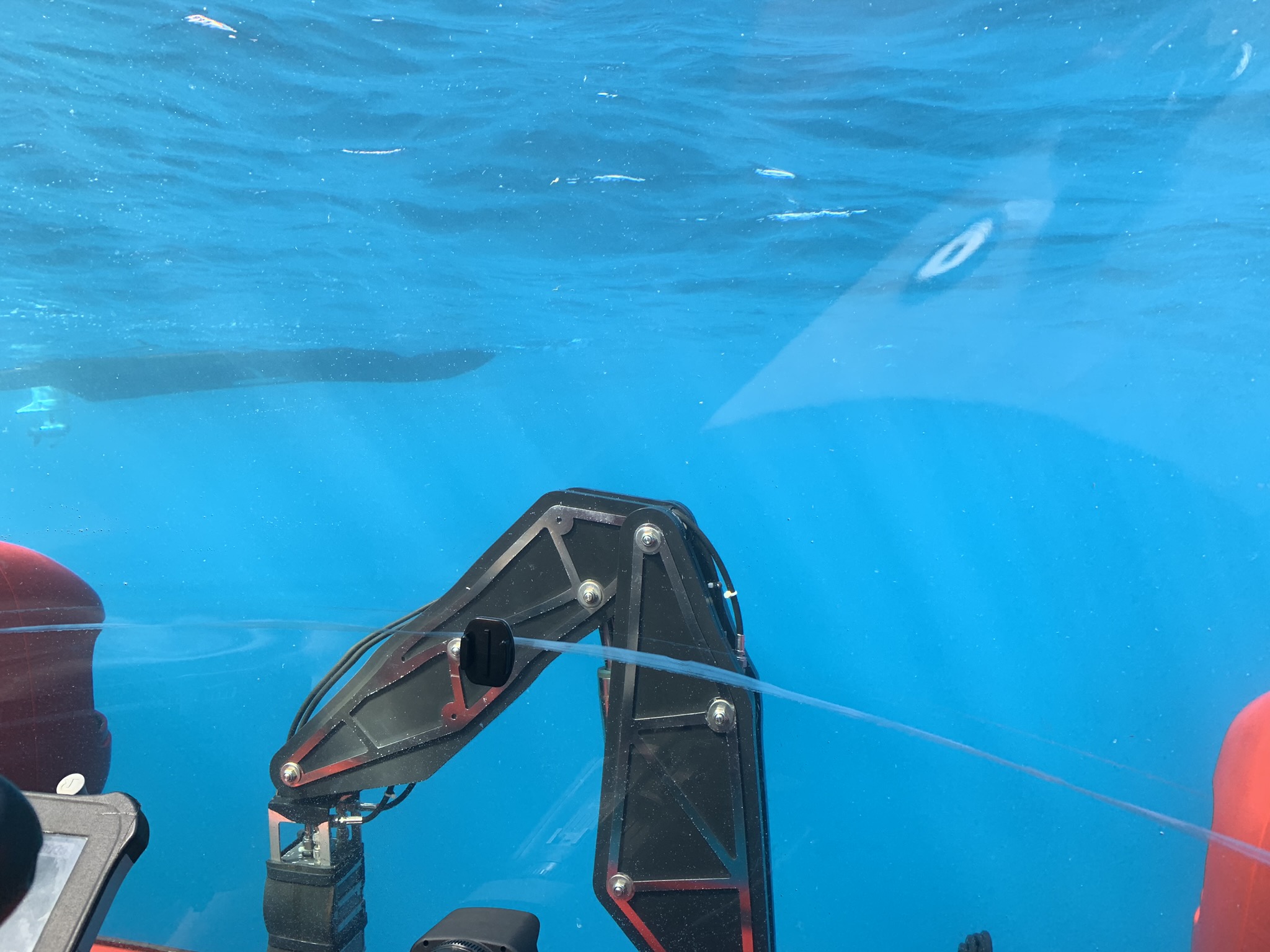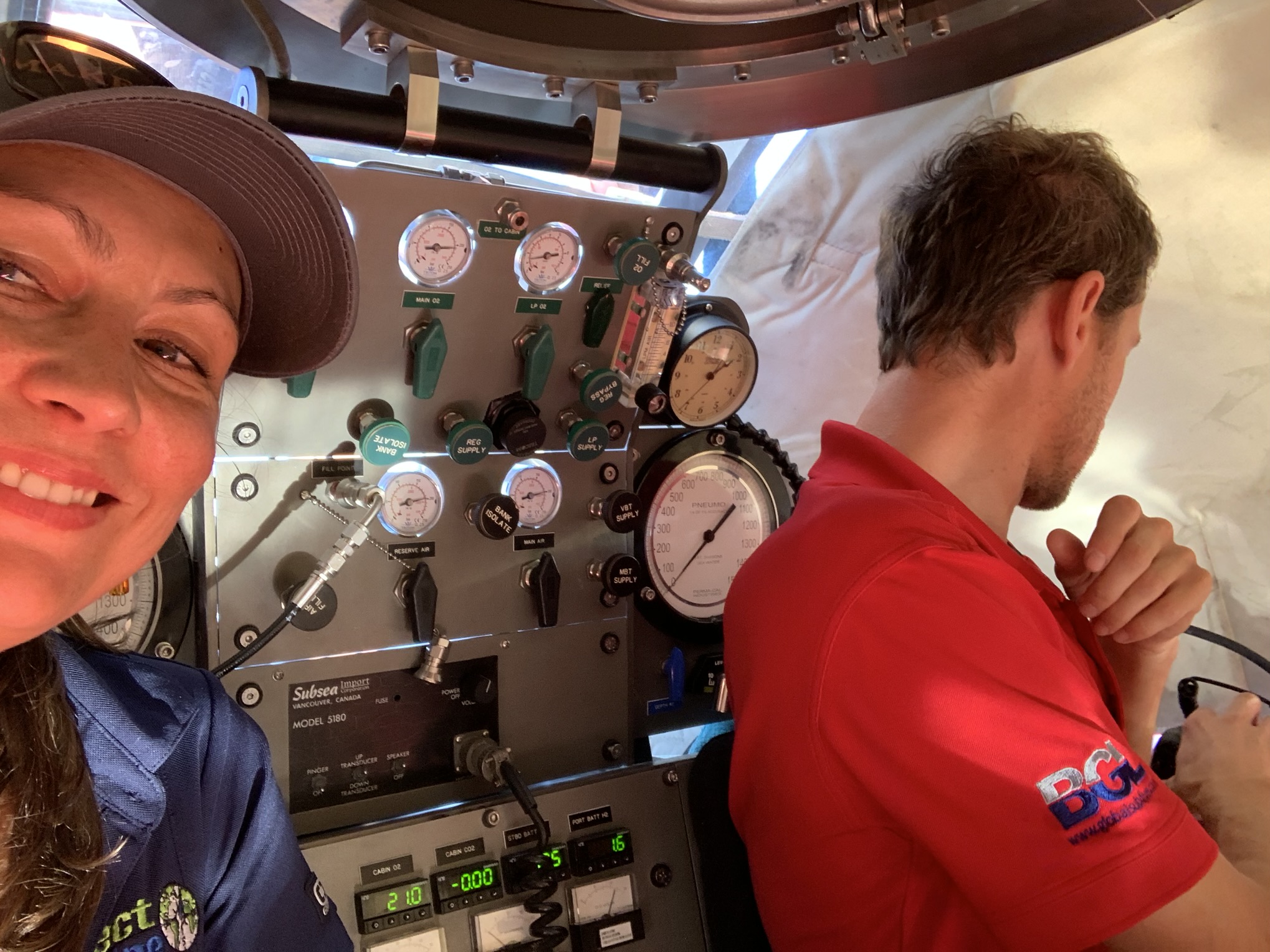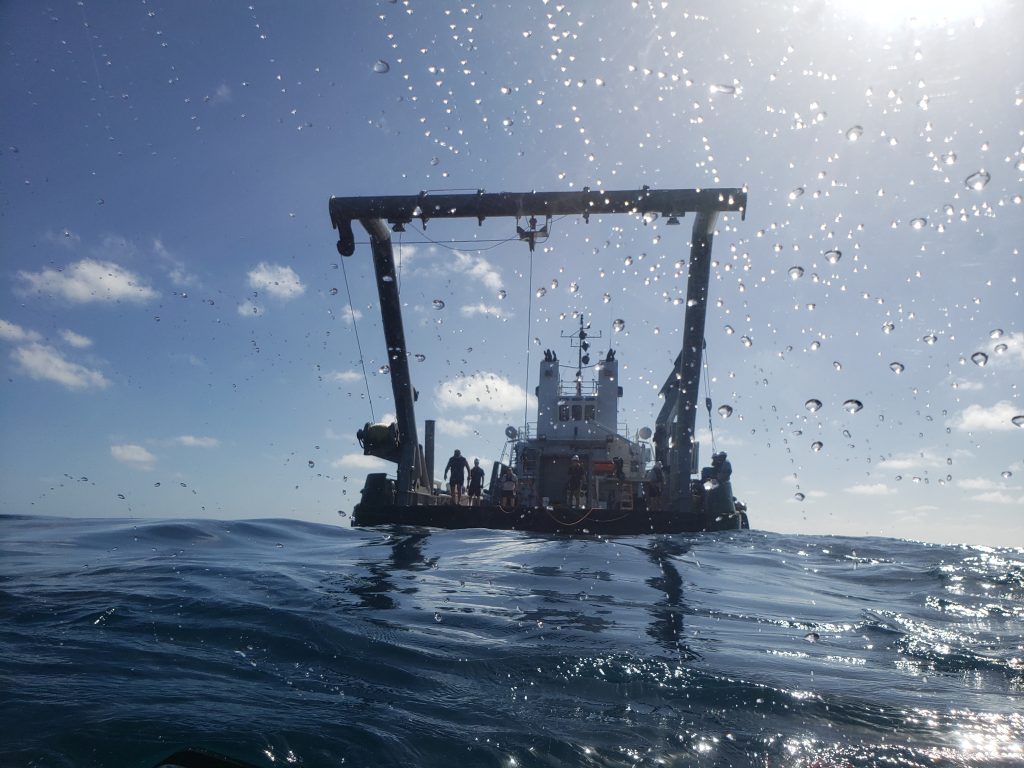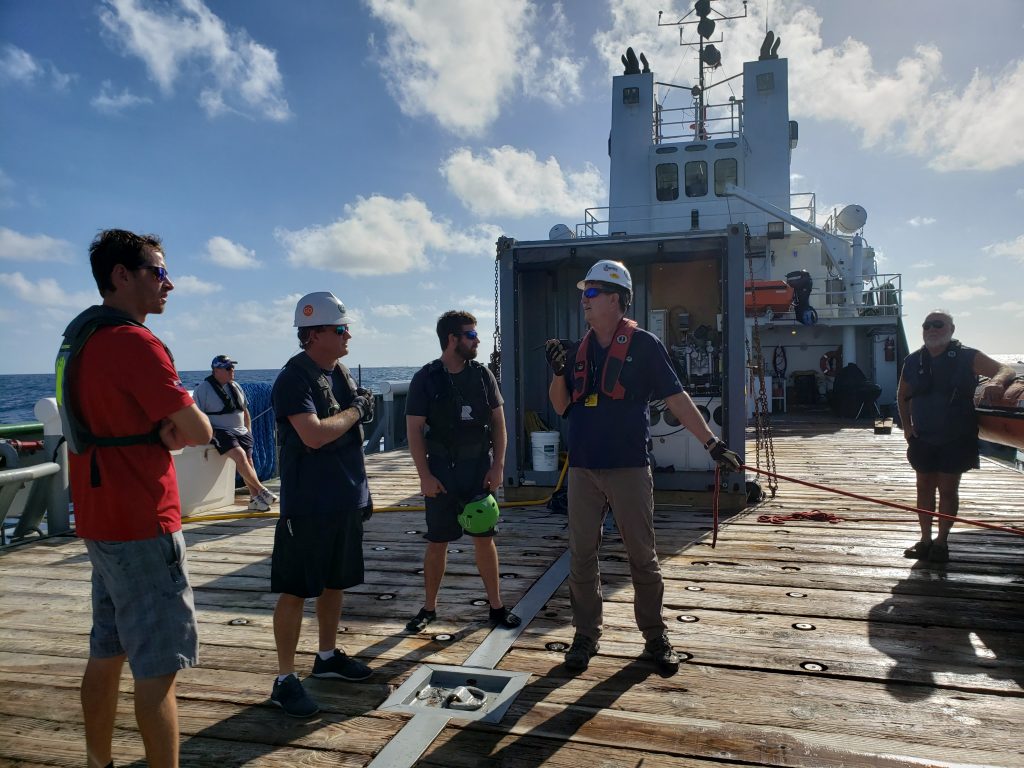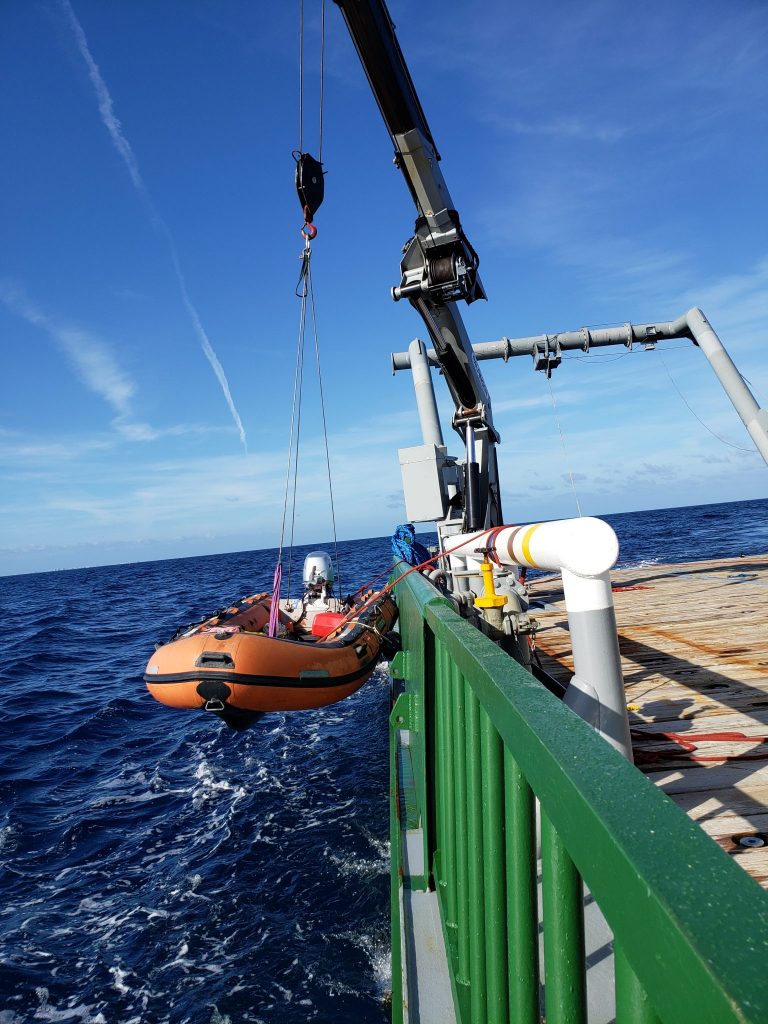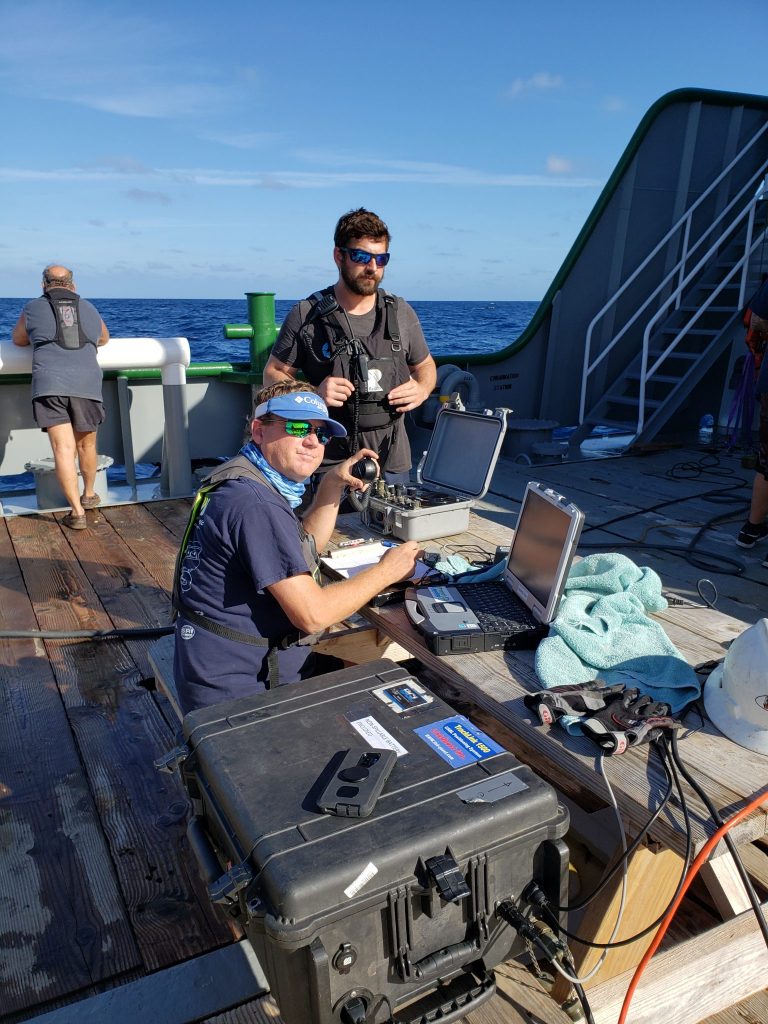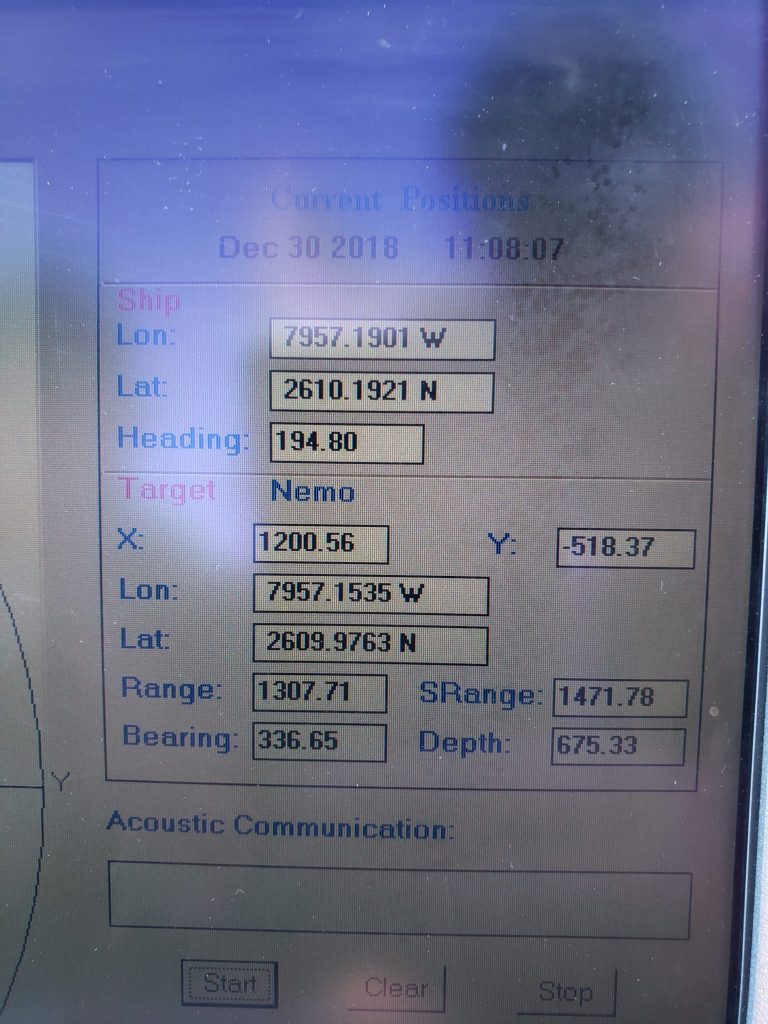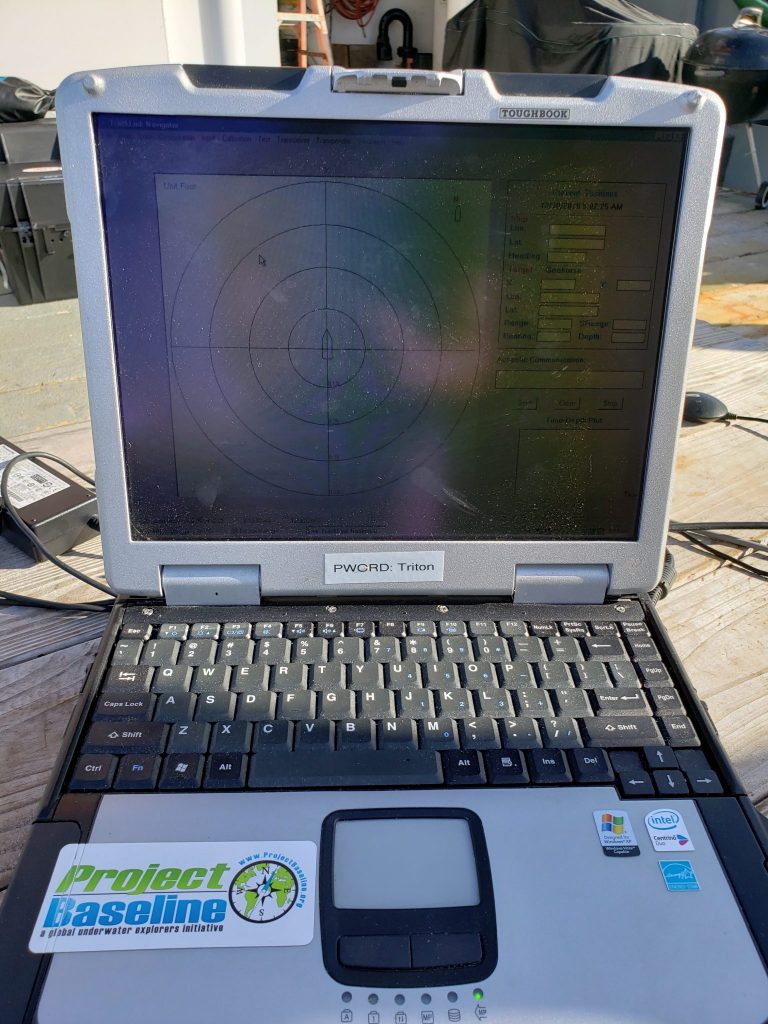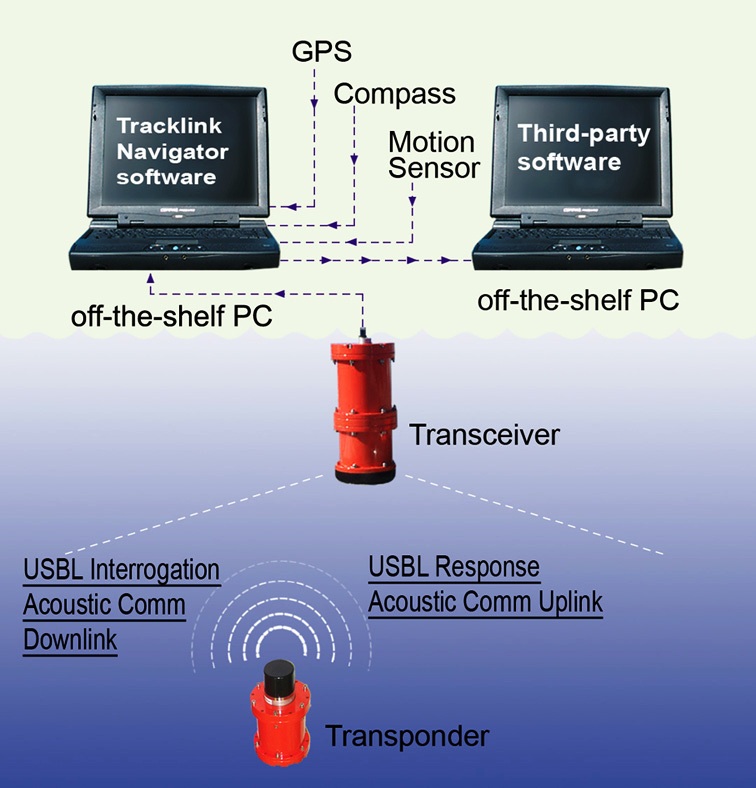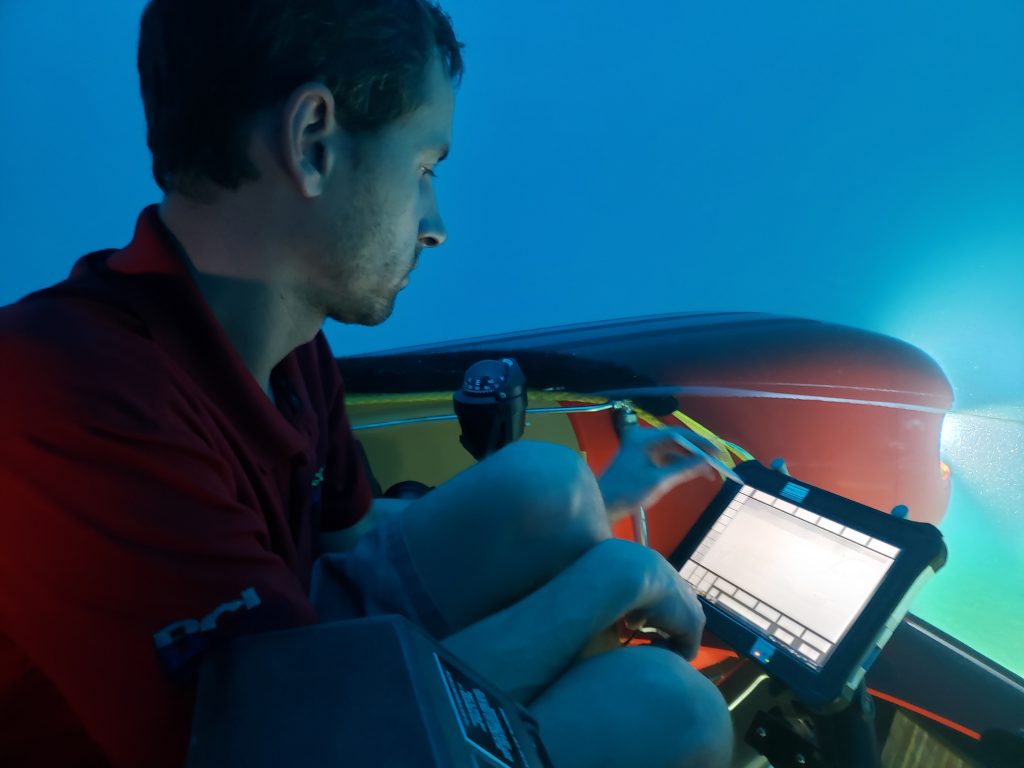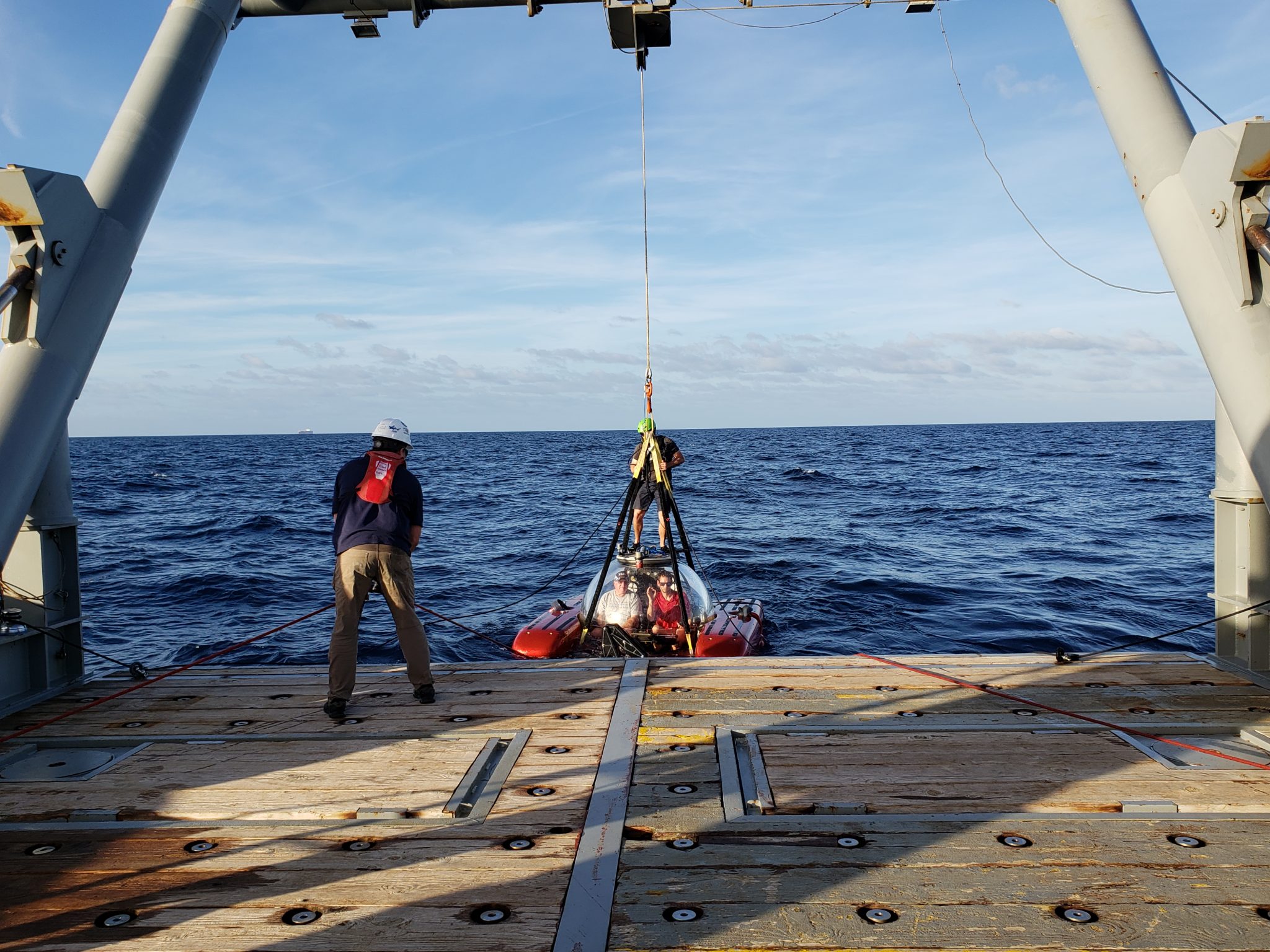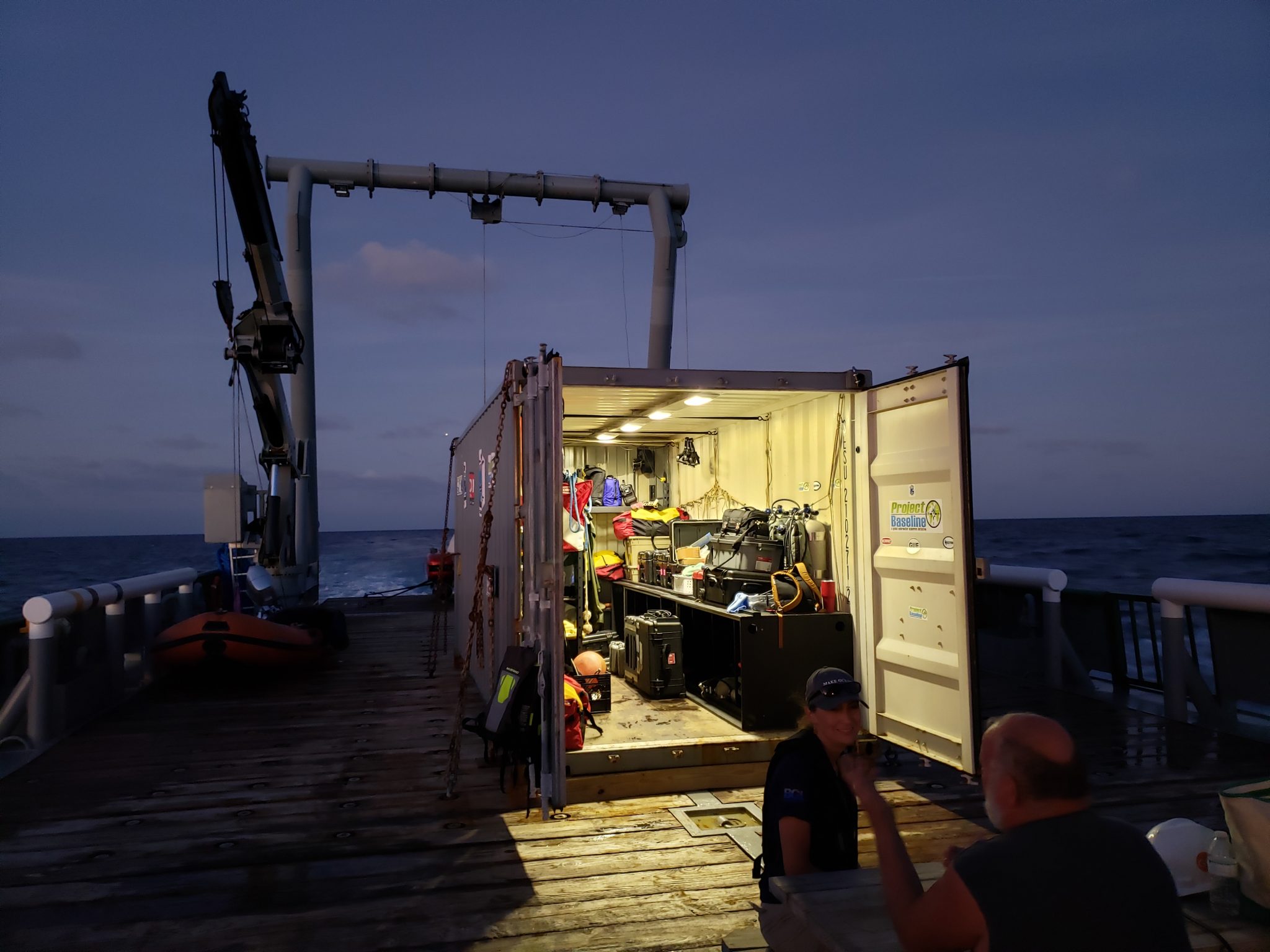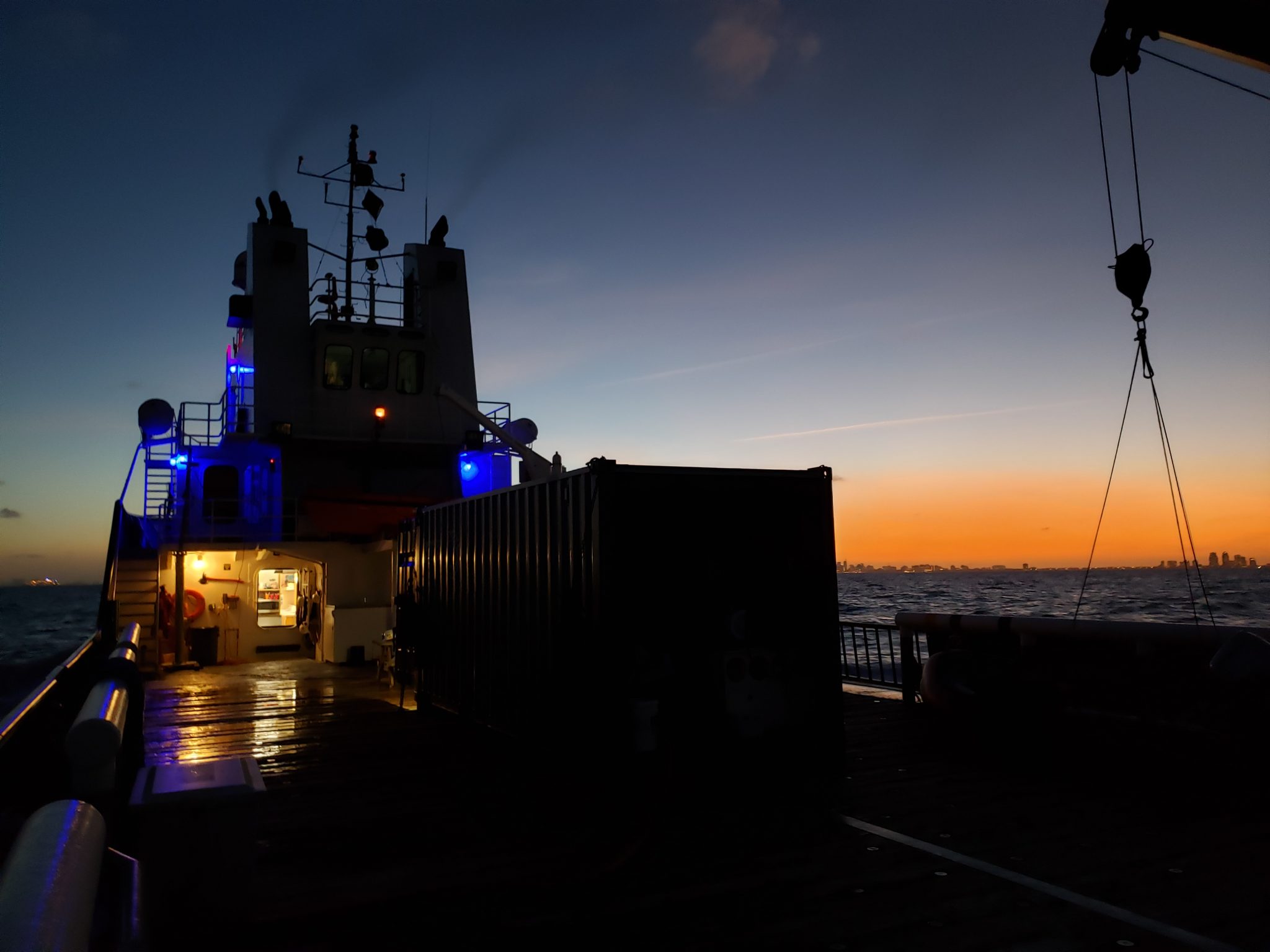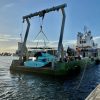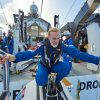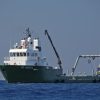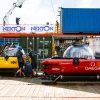
A Day at Sea: Global Sub Dive’s Submersible Operations Explained


Boy was I wrong.
What I learned on Sunday, December 30th, 2018, after almost 12 hours at sea was simple, yet amazing: Global Sub Dive could not operate without the knowledge, dedication, and professionalism of its crew, and the passion of its CEO. Each person has an intricate job to perform for operations to run smoothly and they are all masters at it.
I was excited all week in anticipation of my first time participating in operations. Since the ship’s docking location was almost an hour away from my home, I woke up at 4 am to have enough time for my morning routine. I figured coffee and a quick workout would go a long way for a short day out at sea.[/text_block]


You see, unless you are part of the BGL crew or a component of operations of the GOA, you cannot access the location where the ship is docked. The military doesn’t like unannounced surprises to their shipyard.
I was introduced to the new faces, said hello to the old faces, and finally met some of the faces I had been communicating with for months. After that, I realized it was going to be a long day. Everyone was already hastily working on each of their tasks, prepping equipment and getting the ship ready.
All BGL and GOA crew had reported for duty, and we were waiting for the surveyor to come on board. His job today was to recertify our NOMAD submersible to get it ready for the new project, the Nekton II Mission in the Seychelles.[/text_block]


At 150 feet, the GOA is a not only big, but truly badass, equipped with every single possible piece of equipment to run large scale operations.
She has an integrated Beier DP1 Dynamic Positioning (DP) system tailored to her specific needs as a multi-purpose support and subsea vessel. DP enables a vessel to maintain its position and heading using sophisticated positioning systems and control system technology for its own thrusters and propellers. In other words, DP facilitates work in much deeper waters where using traditional anchors might not be feasible.[/text_block]

Her DP system makes her special among many other ships, as she can venture into the deepest parts of the ocean and sea where winds and waves tend to be perpetually fluctuating. The GOA doesn’t compromise on her main purpose and commands control in situations where it could prove very tedious, or even impossible, to lay the anchors.[/text_block]






Beginning the Submersible Experience

So, why was a scale on the deck and my boss and Randy looking at me waiting for me to provide my weight? Well, it was a surprise.
In order to properly write an experience-based article for Global Sub Dive’s operations, I needed to understand what it was like to be inside one of our subs.[/text_block]





For NOMAD’s first dive of the day, Randy and I would go to 300 feet. His job was to ensure all systems were good to go for the second dive with the surveyor, and my job was to not freak out and be able to relate my experience.[/text_block]



Being up on the bridge chatting with the wonderful GOA captain was great, but I was more than ready for my sub dive. On the way back down to the deck, I took the time to take images of every single additional piece of equipment I found.[/text_block]


Then I came across this large white canister, mounted on a custom rack. It turned out to be a Viking Life-raft. As a multipurpose support and subsea vessel, the GOA is equipped with all sorts of amazing gadgets to ensure all goes well in case of an emergency. To use it, the Viking Life-raft is thrown overboard, then the person operating it pulls on the rope that connects the container to the holder to pop it open. The life-raft would then unfold and inflate itself, complete with a covering to protect its occupants from the ocean, sun, and any other nuisance.
[/text_block]

I continued my exploration toward the bow of the GOA and came across her anchoring system. Although the GOA is equipped with a Beier DP1 Dynamic Positioning system, it also has a 750 lbs anchor equipped with 2,600 ft of cable should our clients ever require for the ship to the anchored during a mission. Most large vessels used heavy chain systems that make it more difficult for the anchor and motor to be retrieved. Instead, the GOA’s 2,600 ft cable is light, making it easier to launch and retrieve the anchor, and reducing the drag and hard labor. We just do things smarter.
[/text_block]

I finally made it back down to the deck where I found Shane standing just inside NOMAD’s equipment container. He was making sure all radios were in working order, had the correct channel for communications, and everyone walking on the deck of the GOA was safely and properly wearing their PFDs (Personal Flotation Devices), which can inflate manually, automatically, or hydrostatically.
Shane is also a sub pilot and another human extraordinaire. He also manages tracking while the sub is operational (underwater), making sure he acquires and records constant communication and location for the manned submersible, but more on that later.[/text_block]


This green helmet, those five finger boat shoes, and that vest is all this crew member is equipped with. Well, some swim shorts too. The swimmer’s job is to hook and unhook the sub when it’s ready to launch and to be retrieved. It is the swimmer’s responsibility to make sure all ropes and winches have been safely removed and tucked away prior to the sub’s descent, and all ropes and winches are safely, properly, and securely attached prior to the sub being lifted back onto the deck of the GOA.
Below is our swimmer, Kenny, waiting for instructions to close the dome’s latch and launch us into the water. Kenny is also a sub pilot and another human extraordinaire team member, just like Randy and Shane. The level of knowledge, experience, professionalism, and dedication these guys give is unmatched. They truly are the heart and soul of operations.[/text_block]



My heart is thumping! As a scuba diver, I love being underwater, but being inside a submersible at 300 feet is quite different. With the cover still on to safeguard us from the heat, all I can see from inside the sub is Derek, GOA’s Sea Man operating the large A-frame, carefully lifting and then coordinating with the rest of the team to drop the sub on the water.[/text_block]

Each rope has to be carefully tensed and released at the same time Derek lowers us to the water. Any deviation in movement and the sub could turn sideways, crash against the stern of the ship, or become unhooked or lose before the sub has reached the water, which could cause injury to its occupants, and expensive damages to the sub.
But today is not that day, and this is not that crew. This is the crew of the GOA and the crew of Global Sub Dive working in unison to safely carryout a difficult task and they do it like pros.[/text_block]



“Top side, top side, this is NOMAD.”
And we immediately hear the captain reply:
“NOMAD, this is topside.”
Then Randy adds:
“Top side, permission to dive.”
And the captain replies:
“NOMAD you are clear to dive.”
And off we go…[/text_block]

Since we’re not there to merely have fun, Randy checks all systems as we descend, carefully informing me of all steps so that I am not surprised. One of my first thoughts was how comfortable I felt inside NOMAD knowing that Randy was truly superb at his job. From checking the sub’s electronics, to monitoring depth gauges, to maintaining communication with the GOA, the whole thing was second nature to him, and he emitted peace and tranquility with his knowledge and training.
Aside from having to equalize my ears a couple of times, the descent was uneventful and surprisingly smooth. Despite the limited space inside the Triton sub 1000/2, it is actually quite comfortable. We touched bottom at 305 feet and Randy started testing the lights, including the one underneath the sub. Being the dog lover I am, I couldn’t help it but think that the bottom looked like a bunch of paw prints, so I took a pic to prove I wasn’t so crazy.[/text_block]

We went up to 200 ft, then 100 ft. At 50 ft Randy grabbed the radio and established connection with our support crew:
“Top side, top side, this is NOMAD.”
“NOMAD this is top side.”
“Top side, NOMAD requesting permission to surface.”
“NOMAD, you are clear for surface.”
It was all a very cool experience, magnified by the level of training from our crew.[/text_block]

As expected, it all went smoothly and NOMAD was ready for the surveyor who would go with Randy as deep as the surrounding ocean allowed to certify NOMAD for its next mission.[/text_block]










This is what a day in operations looks like. It’s a collection of professionals working hard and coming together for a common cause: the manned submersible operations world.[/text_block]

[/text_block]
